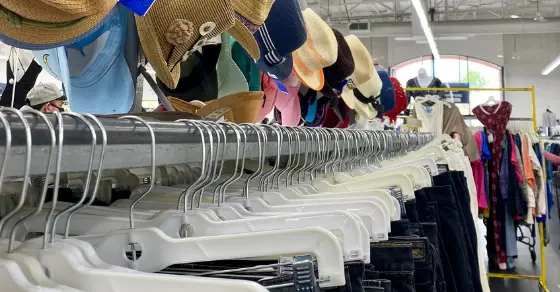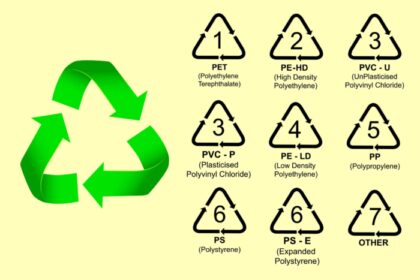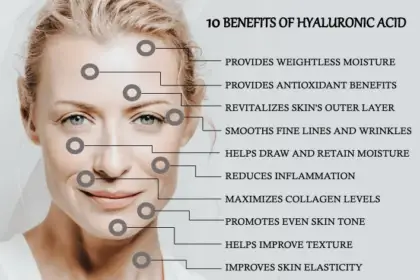A brief History of Fashion within the United States:
“In the 1960s, 95 percent of our clothes were made in America, and Americans spent on average 10 percent of their annual budget on clothing and owned very few items.Today only 2 percent of our clothing is made in the U.S, and we spend only around 4 percent of our annual budgets on it— a decrease of 500 percent. How did our clothing get so cheap?” (Comer 206)
The devastating Triangle Shirtwaist factory fire in New York City in 1911 left 146 garment workers dead. This fire improved safety standards for workers within the U.S; however, this also led multinational companies to export labor to other countries like Vietnam and Bangladesh, “where government corruption is rife and officials do little or nothing to stop the victimization of workers.” (Comer 206)
As the victimization of workers went overseas, other issues started to become more apparent in the industry as well.
1. Money distribution is not fair:
The fashion industry is estimated to be worth 3 trillion dollars annually. Approximately one in six people work within the fashion industry worldwide and 80% of these people are women and fewer than 2% make a living wage.
2. Many factory workers are young girls:
Halimah was 11 years old when she started snipping off the extra trimmings that were left on Hanes underwear. She had to do one pair every 24 seconds, if she got behind her boss would slap her across the face. She was malnourished and fainted frequently as she made 6.5 cents per hour. Thankfully, she was rescued and has dreams of being an engineer. (Kernaughan)
3. Fashion is the second most polluting industry on earth:
“Synthetic fibers, such as polyester, are plastic fibers, therefore non-biodegradable and can take up to 200 years to decompose. Synthetic fibers are used in 72% of our clothing.” (Charpail) Three out of five of the 100 billion garments made in 2018 ended up at a landfill within a year.
4. People’s well-being has greatly suffered:
Chemicals from clothes have also had a major impact on the health and wellness of men and women around the world. There is a high demand for cheap, fake leather in the fashion industry right now and Kanpur, India has become the leather capital but at a significant cost. “Everyday, more than 50 million liters of toxic wastewater pour out of the local tanneries. Heavy chemicals used to treat the leather, like chromium-6, flow into local farming and even drinking water.” (Morgan)
5. Only 10% of clothes given to thrift stores are resold:
Oftentimes, many unwanted items are sent back to the countries they were first created in ending up in landfills where many of these pieces will stay for generations to come.
Awareness is the first step to making a change. Please consider looking at the thrift store before buying new, and if you must buy new please check to see if the company takes the appropriate steps to giving their workers a living wage and sourcing eco-friendly materials.
This article was written by Rebekah of @think.tailored on Instagram where she is helping others practically rethink fast fashion through thrifting and ethical buying. Follow along for more information.
Sources:
The Ruthless Elimination of Hurry by John Mark Comer
The True Cost Documentary by Andrew Morgan
Charles Kernaghan: Keynote Speaker via YouTube
What’s wrong with the Fashion Industry? By: Mathilde Charpail www.sustainyourstyle.org





